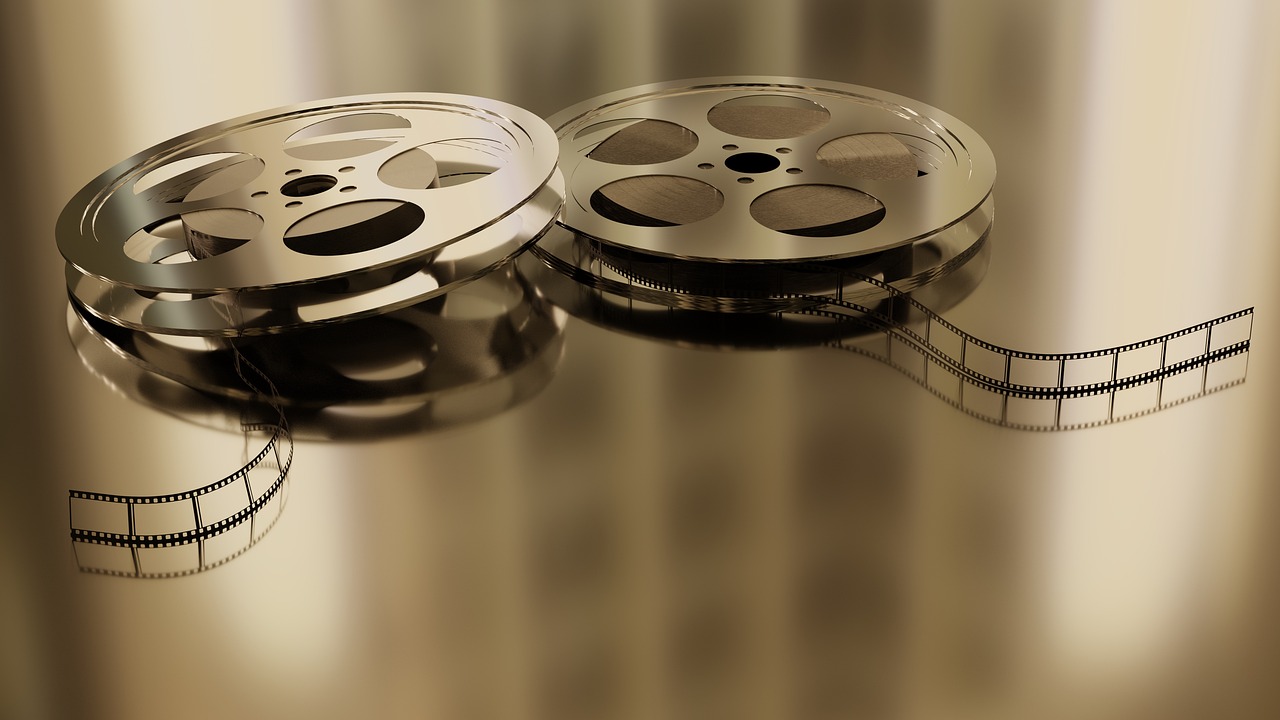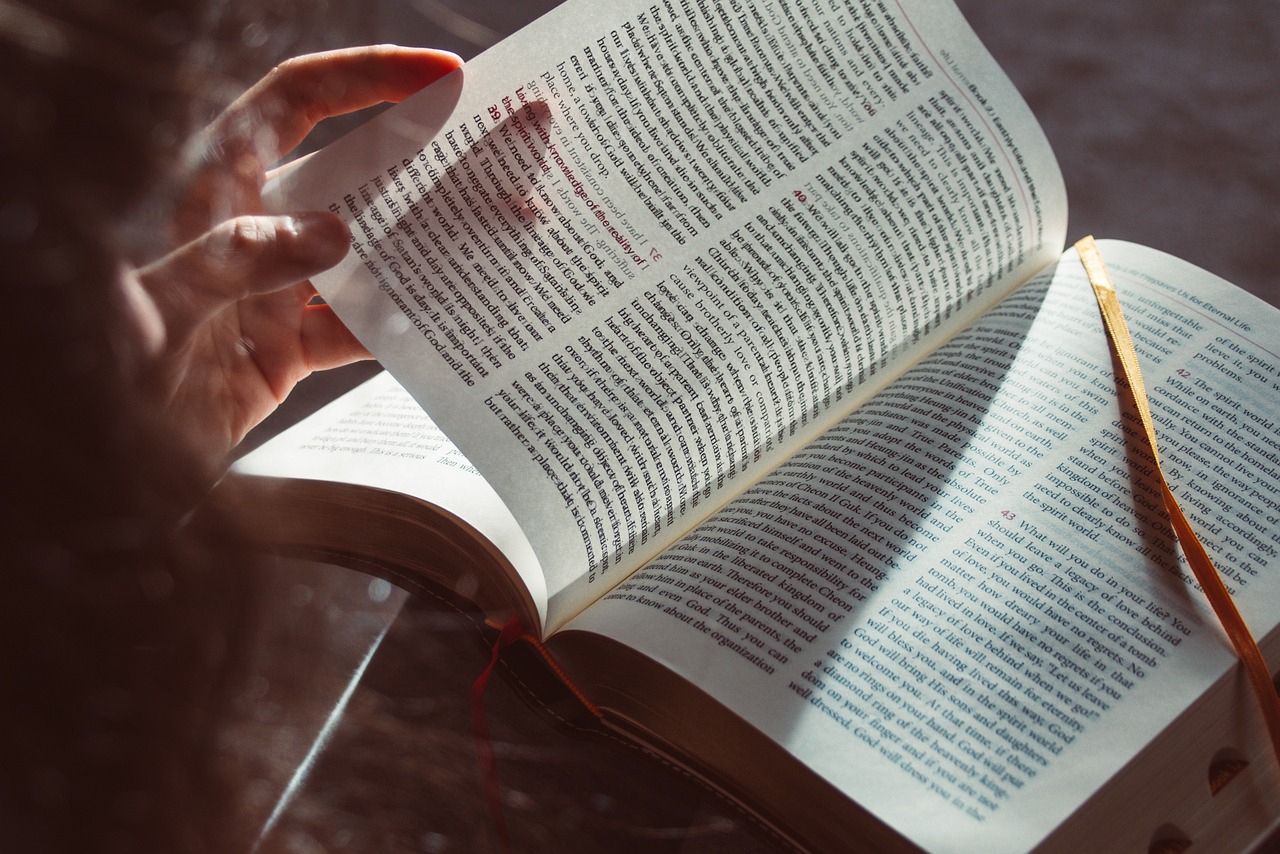In sharp contrast to the romanticised versions of Cinderella we’ve seen over the decades, the new film The Ugly Stepsister boldly embraces the dark and violent origins of the Grimm Brothers’ tale. Norwegian director and screenwriter Emilie Blichfeldt doesn’t focus on Cinderella, but on her stepsister Elvira – a woman who tries so desperately to match Cinderella’s beauty that she cuts off her own toes to fit into shoes that are far too small. These shoes become a stark symbol of destructive beauty standards.
Blichfeldt’s approach to womanhood is rooted in the physical experience. In this modern reimagining, she blends body horror with the traditional Cinderella narrative. After Elvira’s stepfather dies, her family is left in financial ruin. The only hope lies in a good marriage – and when the prince announces a grand ball, Elvira sees her chance. But compared to her flawless stepsister Agnes, Elvira doesn’t stand a chance. Desperate to transform, she undergoes cosmetic surgery in an attempt to make herself acceptable to the prince. But will it ever be enough?
Romantic Fantasies with a Dark Undercurrent
Elvira, played by Lea Myren, is portrayed as a wistful romantic, constantly absorbed in the prince’s book of poetry and fantasising about his love for her. Blichfeldt captures these daydreams through a rosy-hued lens, drawing on familiar imagery from past adaptations. In one sequence, Elvira rides through the snow with the prince, reminiscent of Three Wishes for Cinderella (1973). Her pale blue dress and golden hair also echo Disney’s animated Cinderella (1950). Through these visual nods, Blichfeldt connects Elvira to the audience – many of whom grew up internalising these cultural ideas of romance and femininity.
But when Elvira’s stepfather dies, these childlike dreams no longer hold up. Her worth as a woman becomes tied to her physical appearance. When Elvira proposes marriage as a solution to their financial crisis, her mother reacts with bitter disdain: “Look at yourself,” she snaps. The camera lingers on Elvira’s reflection, highlighting what society sees as flaws – her pale skin, large round eyes, and a visible dental brace. Blichfeldt takes this further into the realm of horror, showing Elvira squeezing a pimple that erupts into a pus-filled worm – a visceral metaphor for societal disgust at imperfection. Rather than challenging beauty standards, the film uses the camera to expose how harshly deviations from those norms are judged.
Beauty as a Weapon
Thea Sofie Loch Næss plays Agnes, the beautiful stepsister who perfectly embodies the Cinderella fantasy with her flowing blonde hair and classic blue gown. In dance class, Elvira and Agnes are directly compared in a series of tight shots that highlight Agnes’s dominance. The film isn’t endorsing these beauty ideals, but rather exposing how powerful and damaging they are. During the ball preparation lessons, each girl bows gracefully with a fan in hand, trying to catch the viewer’s eye. Their appearance dictates their marital prospects; beauty defines social status.
When Elvira is pushed out of the front row in dance class due to her appearance, she’s gradually forced to the back – ending up alongside other girls who smile through metal braces. In this moment, Blichfeldt captures the cruelty of exclusion, and how societal standards quietly but powerfully marginalise those who don’t conform.
By retelling the Cinderella story from the stepsister’s perspective and refusing to shy away from the grotesque, The Ugly Stepsister forces viewers to confront the violence inherent in beauty expectations. It’s not a fairy tale that ends with a glass slipper, but one that asks what we sacrifice trying to wear it.

